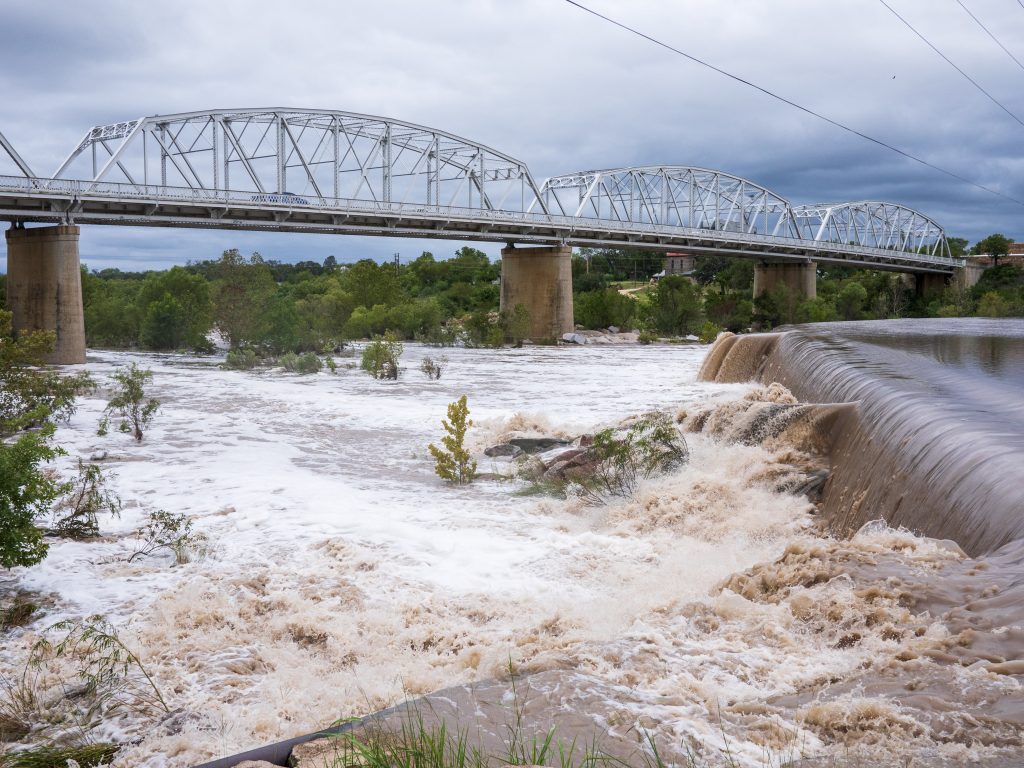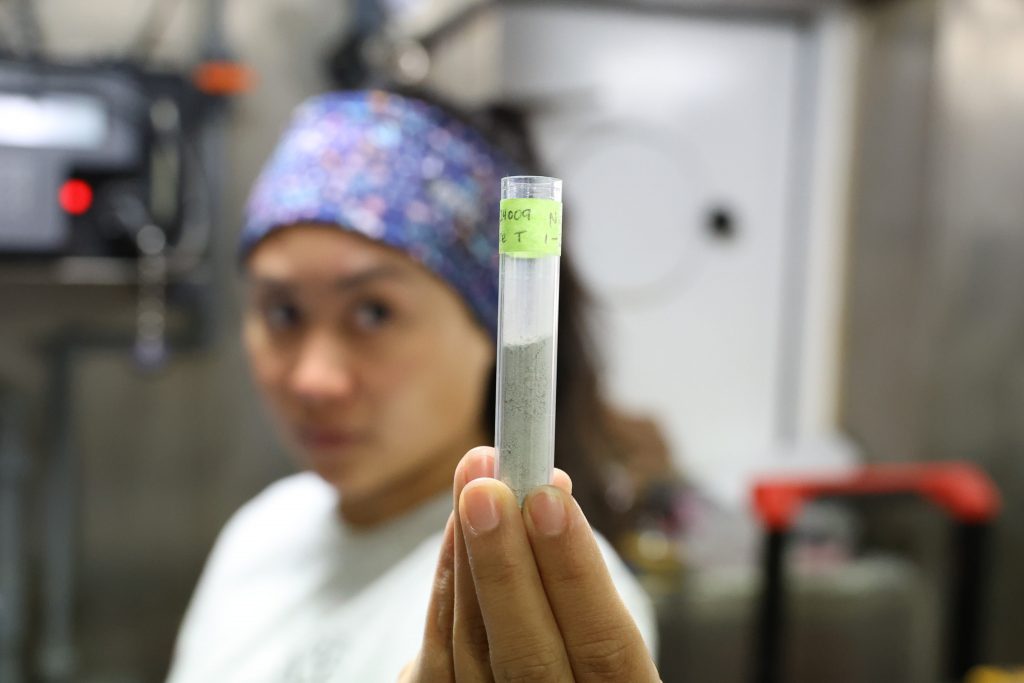The most recent ice age peaked around 20,000 years ago and was marked by extensive glaciation and dramatic climate shifts that reshaped Earth’s oceans, landscapes, and ecosystems. A new study involving climate researchers at The University of Texas at Austin Jackson School of Geosciences suggests that this ice age may provide crucial insights into future… Continue Reading Extreme El Niño Events Likely to Increase as World Warms
Scientific Ocean Drilling: UT Researcher Wins Prestigious Prize for Work on Mass Extinctions
From plate tectonics to the dinosaur extinction, scientific ocean drilling has led to major discoveries about our planet’s history and evolution. Now, the field has a new rising star in Chris Lowery, a researcher at The University of Texas at Austin, who was named the 2024 Asahiko Taira International Scientific Ocean Drilling Research Prize recipient… Continue Reading Scientific Ocean Drilling: UT Researcher Wins Prestigious Prize for Work on Mass Extinctions
Mrinal Sen Named Global Lecturer for AI-Driven Physics and Data Analysis Course
Mrinal Sen, a professor at The University of Texas at Austin and a pioneer in machine learning for seismic imaging, has been selected by the Society of Exploration Geophysicists (SEG) as the speaker for their 2024-2025 Distinguished Instructor Short Course, referred to as DISC. Sen will set off on a global tour to present to… Continue Reading Mrinal Sen Named Global Lecturer for AI-Driven Physics and Data Analysis Course
Frontier Science on a Climate Frontline
This is a dispatch from Constantino Panagopulos, a science writer at the Jackson School of Geosciences, who is documenting the TERMINUS mission to explore Greenland glaciers from underwater. The mission is led by Professor Ginny Catania and collaborators. Learn more about it here. It’s morning in the fjords of West Greenland, where for four weeks… Continue Reading Frontier Science on a Climate Frontline
The Science of Mud
This is a dispatch from Constantino Panagopulos, a science writer at the Jackson School of Geosciences, who is documenting the TERMINUS mission to explore Greenland glaciers from underwater. The mission is led by Professor Ginny Catania and collaborators. Learn more about it here. It’s a cold, pale night on the deck of the research vessel… Continue Reading The Science of Mud
- « Previous Page
- 1
- 2
- 3
- 4
- 5
- 6
- …
- 50
- Next Page »





